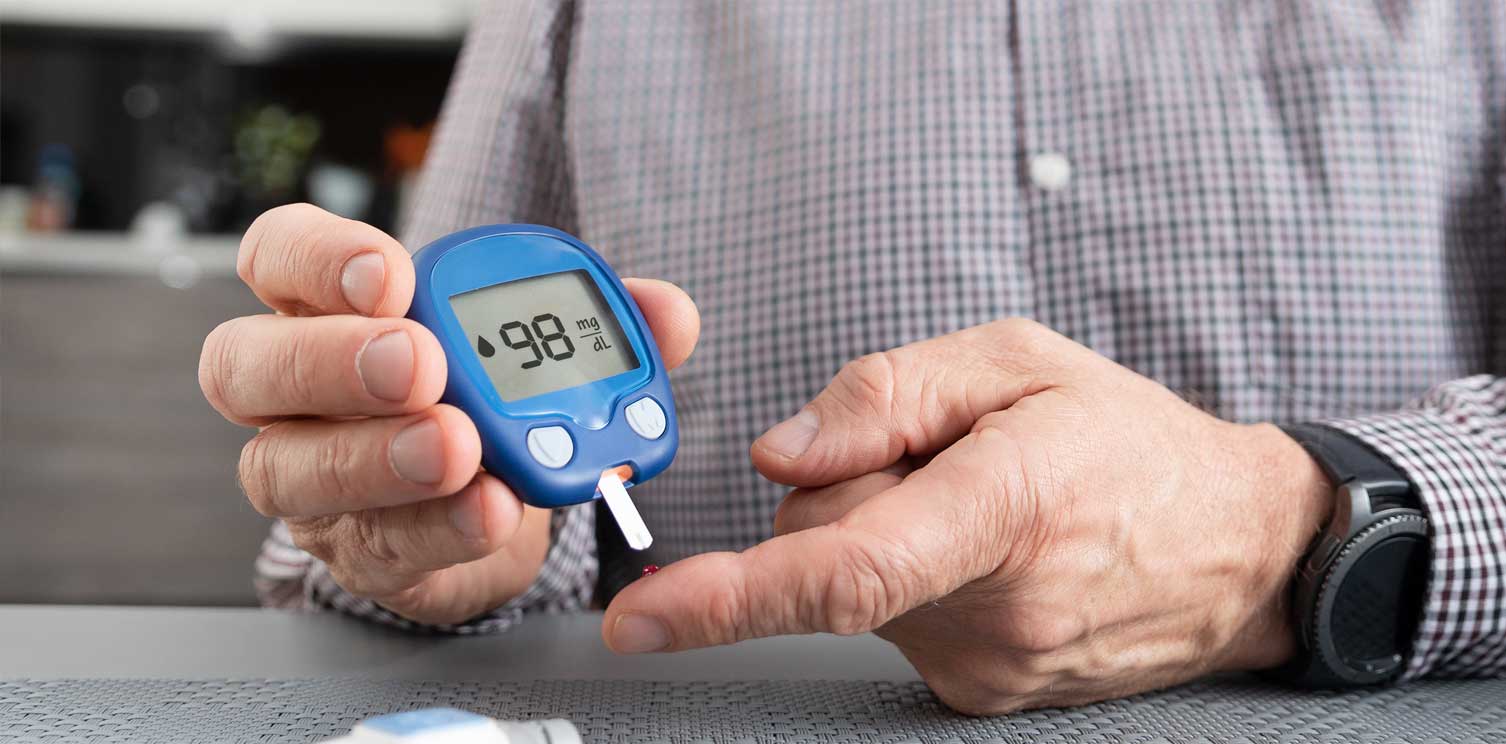Over the next week, specialists came in to teach me how to use a glucose blood meter and how to "manage" my disease. They made it sound like there was absolutely no way to reverse diabetes -- certainly no cure for diabetes. They only talked with me about how to "control" the disease and how to "manage" it.
Work out. The more muscle you build, the more insulin your body will use. Those at risk should get some exercise at least once or twice a week. It doesn't have to be traditional, boring exercise like running on a treadmill or take a lot of time. Any physical activity like household chores or a hobby that is physical in nature.
No matter what genetics and family history you were given, you can lower the risks and avoid the terrible complications of diabetes. Advice on a healthy diet and ways to make exercise a habit will help you in the beginning.
It is important that you learn as much as you can about your disease. Knowledge is power and by being armed with information, you will be able to make well-informed decisions. There are many resources that can teach you about Diabetes and different ways to cope with it. Your doctor can also provide you with some valuable information which can help you tackle the disease. Reading about Diabetes will answer many of the questions you have, The more you know about it, the better you can control it.

Risk factors that can lead to pre-diabetes or diabetes include high blood pressure, long term steroid use, and family history, diabetes during pregnancy, being overweight or sedentary. Risk also increases with age especially if you are 45 years or older. You may have diabetes for years and not know it. During this time, the disease may have harmed your eyes, nerves, and kidneys.
There are two types of diabetes, type 1 diabetes and type 2 diabetes. Type 1 diabetes is also known as juvenile diabetes. This form usually appears during childhood or pre-adulthood, but it can check here begin at any age. In type 1 diabetes glucose enters the bloodstream just like it does in a healthy person. The problem is the pancreas. In type 1 diabetes the cells in the pancreas produce too little or no insulin at all because the cells have been destroyed by the immune system. People with type 1 diabetes must inject or infuse insulin themselves. They also must keep an eye on their diet and how much they exercise.
Reduce your carbs. I recommend you do this strictly to start to allow your pancreas to recuperate and your insulin sensitivity to reset. Do this until your fasting glucose is normal - typically 2-4 weeks.